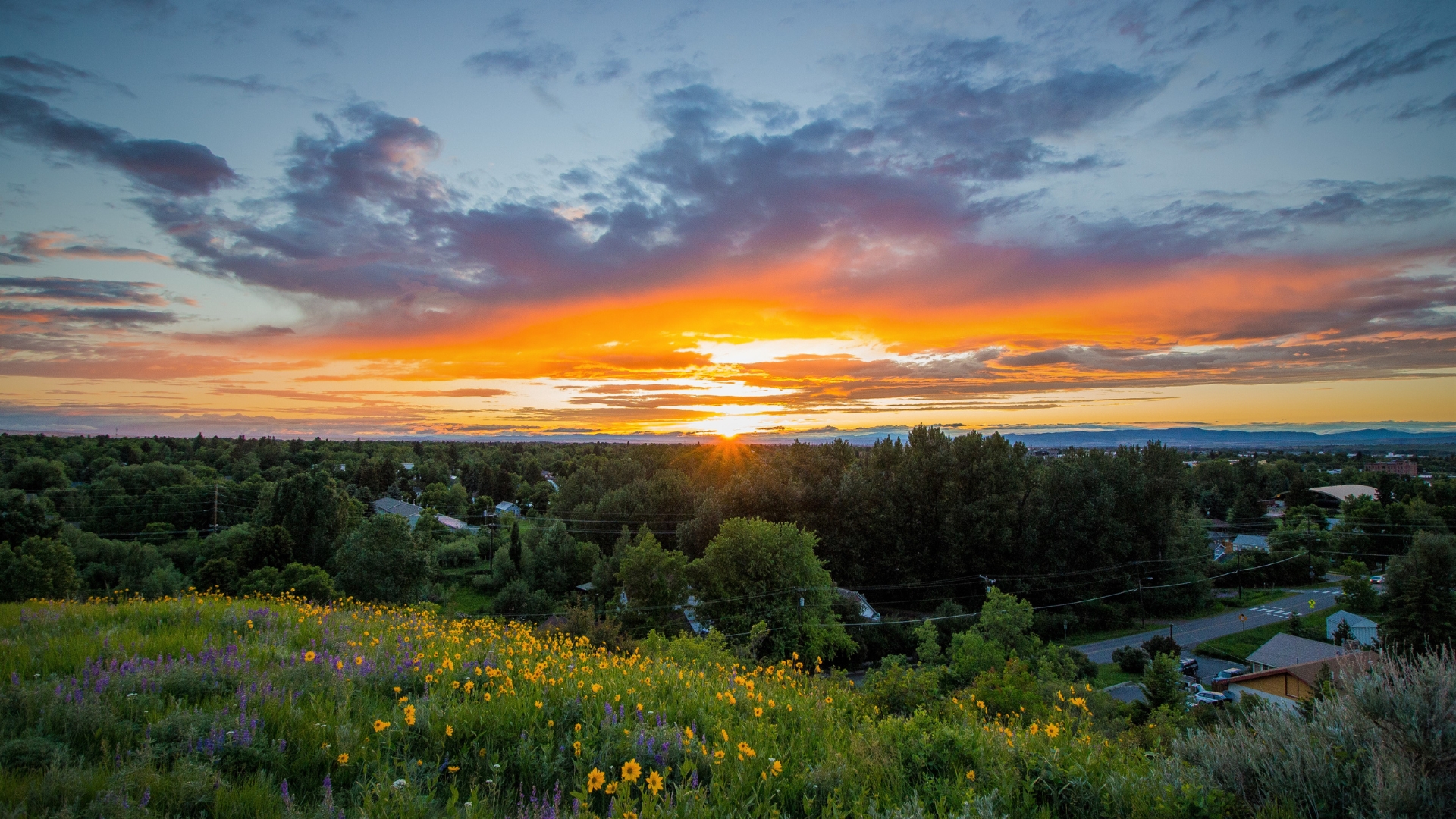There’s a saying I’d like to expand upon. If you want to change the world, start at home. That can apply to so many facets of our society, but for now I’d like to apply that wisdom to combating climate change and the management role of the Custer Gallatin National Forest. To be honest, this applies to all National Forest lands, but we’re starting at home, remember. Specifically, climate change is all of our problem, but they say if we really want to address the problem, it has to be done on a national or global scale. That may be true, but our forest within the Greater Yellowstone
Ecosystem is part of that national and global sphere.
We need healthy forests more than ever and that means dying trees, young trees and old growth. They’re all part of healthy forests. All stages of a tree’s life cycle contribute to the forest’s ecological integrity, including a role combating climate change. By disrupting that dynamic, we’re exacerbating what we’re trying to prevent. By not understanding the full value of a tree’s life cycle, we
undermine our forests. Old growth forests have much more value to our society and environment than our management allows. We’re literally exacerbating the problem by logging.
Logging old growth and thinning comes with risks. Numerous so called forest health projects hamper the overall ecological integrity of our forests in spite of their intent. Climate projections for Montana warn that regrowing forests after logging, let alone already rare old growth forests, will generally become increasingly difficult. New science indicates the tree species we see today could very well be replaced tomorrow. The more forests are conserved, the greater the carbon benefits. The more we log, the more carbon is emitted to the atmosphere.
It’s time to instill a new paradigm.
Clinton Nagel
Bozeman
Bozeman Daily Chronicle Letter to the Editor 5/4/21

